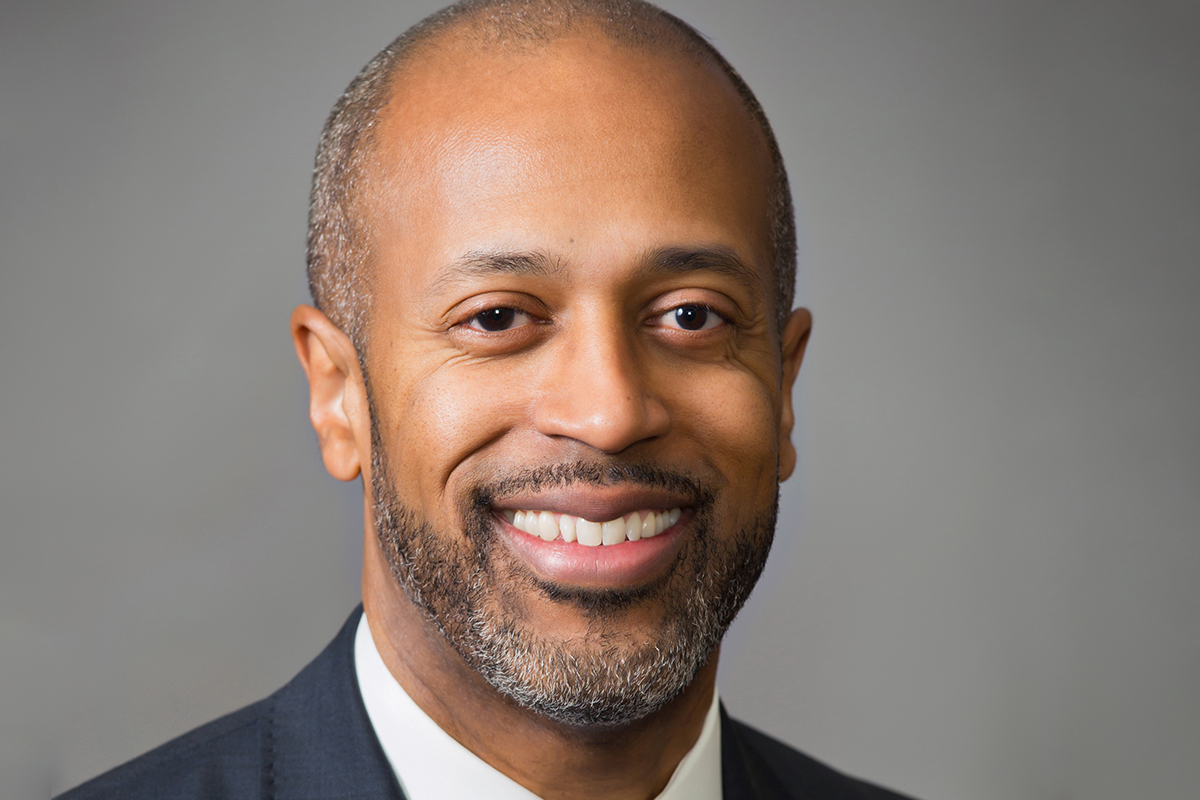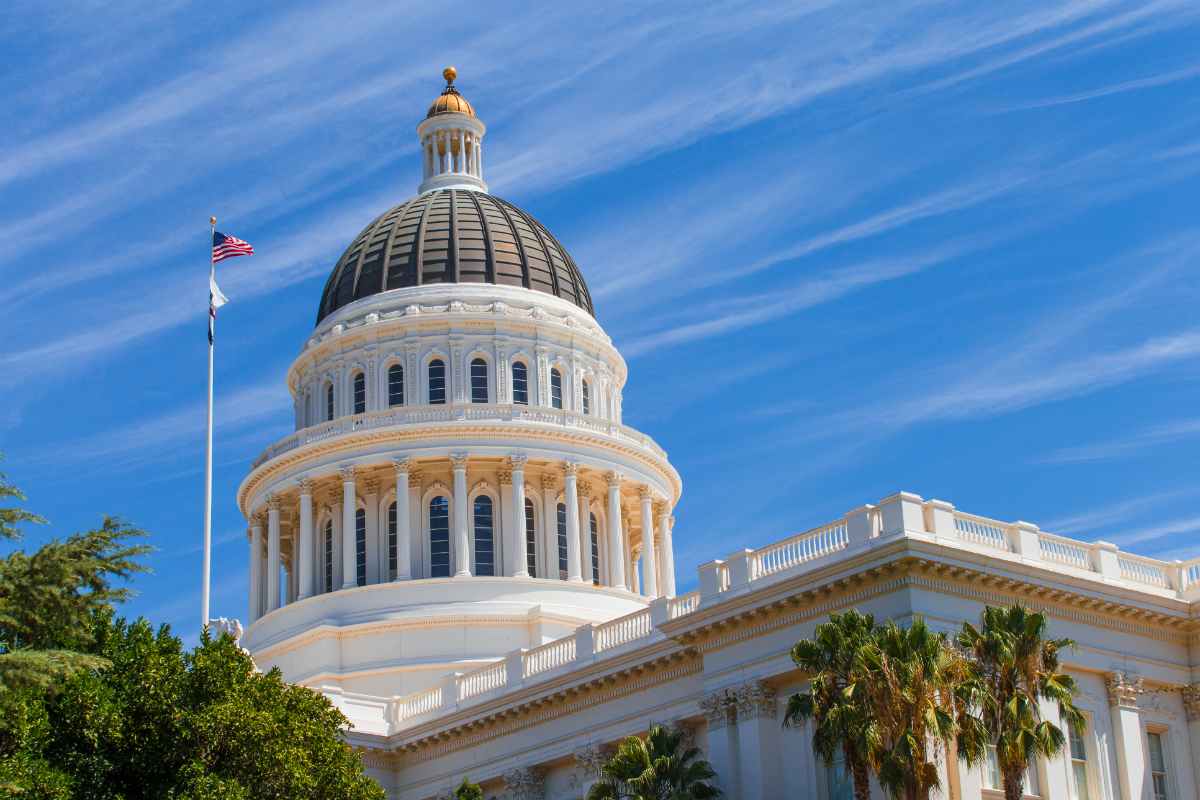By CSBA CEO & Executive Director Vernon M. Billy
You ran for school board because you wanted to make a difference. When you won the election, you knew you would be doing important work that would impact the lives of students and your community. But I doubt you could have imagined that the entire school system would be thrust into a generational health crisis that is stressing our education system like no other time in recent memory.
Most of you have just started a new school year with no students on campus and are striving to provide a quality educational experience to students through distance learning. And while we all are committed to educating students during this distinctive period, this commitment is being challenged by not only the effects of COVID-19, but by our state’s lack of investment and vision for connecting our schools over the last several decades. These twin pillars of complacency have crippled many of our schools’ ability to develop the 21st-century technology infrastructure needed to support effective distance learning. As a result, many of you have been scrambling to prepare for a new school year conducted primarily or exclusively online.
CSBA sounded the alarm about the digital divide in the spring with surveys that helped identify districts where significant percentages of students were on the wrong side of the digital divide, whether because of financial constraints or because they live in more remote regions that internet and cable providers have neglected. We shared this information with the State Superintendent of Public Instruction’s Digital Divide Task Force. This data helped inform their work which, in early August, led to a partnership between the California Department of Education, Apple and T-Mobile to connect up to 1 million students across California with an iPad with cellular service to help close the digital divide. This agreement was great news because it came at a time of tremendous need. But let’s not forget that this solution was borne out of a reaction to a crisis instead of proactive, thoughtful planning that was accompanied by adequate long-term funding to address the digital divide. The lack of quality, stable internet connectivity in some areas of the state did not just appear, it has been well known for years. We have had two decades to provide stable broadband access to all communities across the state. Broadband access is to modern society what the telephone was generations ago.
The technological challenges we are facing were years in the making. Decades of underfunding deprived our schools of the adequate resources needed to educate students, even during the best of times. It did not have to be this way. California could have continued to prioritize education as it did into the 1970s, when we ranked near the top nationally in per-pupil funding and our public schools were the state’s crown jewel. Instead, the state allowed schools to become hollowed out as educators and governance teams scrambled to make ends meet.
This lack of funding and the insidious digital divide are only two of the myriad issues that you are grappling with as you march deliberately through this pandemic. Whether it’s questions about liability, union negotiations, parent concerns, the impact of the state budget on your growing district, or how to serve your vulnerable special education student populations, there seem to be more questions than definitive answers about how to reopen schools. And at the forefront of all these issues is the health and safety of students and employees, which, as I have repeatedly expressed since the onset of this pandemic, needs to be the first and highest priority.
In May, I wrote an op-ed for CalMatters stating that while school leaders are eager to welcome students back to campus, we did not want to do so at any cost or do so for the wrong reasons. I felt then, and believe now, that the resumption of on-campus instruction must consider the local health conditions; prioritize the safety of students, staff and the community; and stem from decisions made by the elected school boards and superintendents working with health officials. Specifically, I said that before we entertained the idea of on-campus classes statewide, several conditions needed to be in place:
- The state has met the six safety indicators outlined by Gov. Gavin Newsom’s administration.
- State and local public health experts endorse the reopening of schools after 14 consecutive days of a downward trajectory of confirmed COVID-19 cases, per federal guidelines.
- Testing is widespread and accessible to all Californians.
- The state does not cut school funding but increases funding to pay for current year and budget year 2021 COVID-19 related costs.
- The state provides clear guidelines on what social distancing means in a school setting and, working with local school boards and superintendents, determines that implementation is plausible.
- The state provides funding and support for the actual costs and support needed to effectively implement social distancing measures on campus.
- The state helps schools obtain and supply the personal protective equipment needed for the safety of students, staff and community.
- The state makes additional progress in providing access to technology such as broadband internet and computers that will be needed to resume school under a cohort/staggered/hybrid model.
- The state has a plan in place and commitment to not cut school funding if a second wave of the pandemic forces the temporary closure of schools or a full-time return to distance learning.
- The state provides additional child care support so essential workers, including school employees, can return to the job knowing their children have adequate adult supervision.
Four months later, some of the conditions are either unmet or only partially fulfilled. Testing is scattershot and the results are often slow to arrive, blunting their efficacy. Contact tracing is overwhelmed by the demand. Child care, to the extent it exists, has largely been left for local school districts to figure out. The capacity of local educational agencies to implement effective social distancing requirements is questionable, as is the ability of schools to receive ongoing, sufficient supplies of personal protective equipment. The state, to its credit, is providing considerable amounts of PPE to schools. Yet, it’s unclear whether it will be enough when on-campus instruction resumes and whether the state will continually replenish the PPE supplies for schools.
And while there currently may not be clear answers to a host of important questions for school leaders, CSBA will continue to advocate at the state level for what is in the best interest of school districts and county boards of education. We will fight for policies that support your efforts to ensure every student has an opportunity to learn during this pandemic. But we must not stop there.
At some point in the future, the COVID-19 pandemic of 2020 will be behind us, and it will be time to take inventory of the lessons learned and consider forging a new vision for our education system that is built, at a minimum, on the principles of continuous innovation, relevant real-world curriculum, funding that fully meets the needs of our schools, stable broadband (or its successor) internet connectivity for every single student and community, locally elected school leadership, and the social and health supports to engender physically and mentally healthy students.
The COVID-19 pandemic is a wake-up call for our state leaders. Are they listening? Will they respond with long-term planning and funding to eliminate a repeat of this history-making event? I sure hope so. Otherwise, we are doomed to repeat this history and a future generation of students will needlessly endure a similar fate.
This commentary appears in the Fall 2020 edition of California Schools Magazine.





